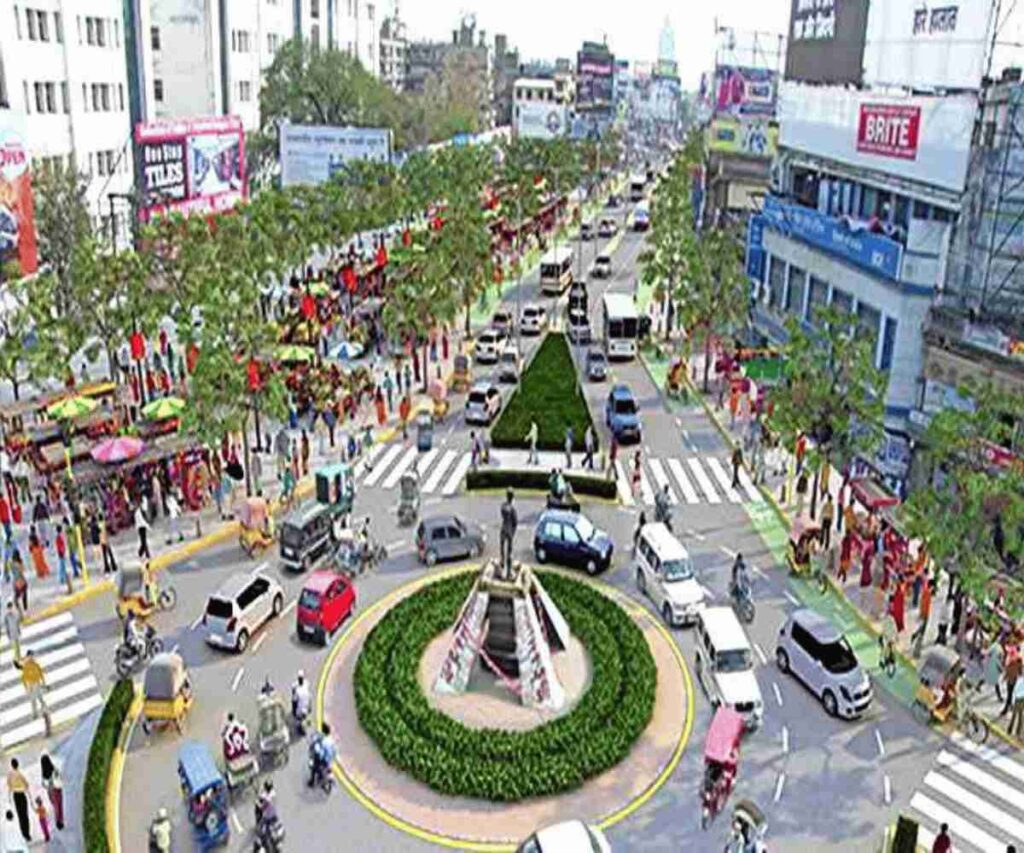What are the tier cities?
Cities in India have been classified into 3 tiers- tier 1, tier 2 and tier 3 cities. Tier 1 is the most developed cities, tier 2 is the developing ones and tier 3 is the underdeveloped ones.
Every call center falls under one of two categories: in-house or outsourced. A company may own and operate a call center itself, called in-house. The objective may be to service existing customers and/or call for new customers.
Tier 1
Tier 1 are the cities with a population over 1 lakh according to the 2001 census. These cities are very well developed in the real estate fields with better civic and social amenities. The popular tier 1 cities include Delhi, Bangalore, Hyderabad, Chennai, Mumbai, Kolkata and many others.
Tier 2
Tier 2 cities are the cities whose real estate market is growing rapidly and developing over time. According to RBI, tier 2 cities have a population ranging from 50,000- 99,999 people. These cities are the ones whose infrastructure and investments are continuously growing without having reached peak levels yet. They are comparatively cheaper than tier 1 cities. Some tier 2 cities are Amritsar, Bhopal, Chandigarh, Ghaziabad and so on.
Tier 3
Tier 3 cities are the cities with a population between 20,000 and 49,999 according to RBI’s classification. These cities are the least developed with almost non-existent realty markets and businesses. They need a lot of investments and attention in infrastructure for further growth. Some of the tier 3 cities are Rohtak, Gandhinagar, Udaipur, Jhansi and others…
In the context of call Centre partners, Tier 2/3 cities are locations that are increasingly being chosen by businesses to establish their call center operations. For call center partners, Tier 2/3 cities offer several advantages, including lower operational costs, access to a talented workforce, reduced competition for talent, scalability, and cultural affinity. These cities provide an opportunity for businesses to set up call centers in cost-effective locations while benefiting from the availability of skilled professionals who are eager to enter the outsourcing industry.
While Tier 1 cities may offer certain advantages such as larger markets and established infrastructure, Tier 2/3 cities provide unique benefits that make them attractive for call center partners. Ultimately, the choice between Tier 1 and Tier 2/3 cities depends on the specific requirements and objectives of the call center partner and the target market they serve.
Which tier cities are ideal for call center partners?
In today’s global business landscape, call centres have become an integral part of providing efficient customer support and enhancing brand experiences. While call centre operations have traditionally been concentrated in Tier 1 cities, a growing trend is emerging wherein businesses are recognizing the untapped potential of Tier 2 and Tier 3 cities for their call centre partnerships. There are many reasons why Tier 2/3 cities are increasingly considered ideal locations for call centre operations, offering advantages such as cost savings, access to a skilled workforce, reduced competition for talent, scalability, and cultural affinity.
Benefits of Tier 2 & 3 Cities Over Tier 1 Cities
- Cost Advantages: One of the primary motivations for businesses to opt for Tier 2/3 cities is the significant cost advantage they offer. Operational expenses, including real estate, labour, and infrastructure, are generally lower in these cities compared to their Tier 1 counterparts. By establishing call centre operations in Tier 2/3 cities, businesses can leverage these cost advantages to allocate their resources more efficiently, resulting in improved profitability and a higher return on investment. The lower overhead costs enable call centre partners to offer competitive pricing to clients while maintaining healthy profit margins.
- Reduced Competition for Talent: Tier 2/3 cities generally face less competition for talent compared to Tier 1 cities. In major urban areas, call centres often compete with various industries, including technology, finance, and other service sectors, for the same pool of skilled workers. However, by establishing call centre operations in Tier 2/3 cities, businesses can enjoy a competitive advantage in recruiting and retaining talent. This reduced competition leads to better employee satisfaction, lower attrition rates, and ultimately, improved service quality. Additionally, call centre partners can develop strong relationships with local educational institutions to create a pipeline of talent, ensuring a steady supply of skilled professionals for their operations.
- Scalability and Flexibility: Tier 2 and Tier 3 cities frequently offer call centre operations with ample space and facilities to grow and scale their operations. Businesses may easily manage to expand staffing and technological requirements as their operations grow with less congestion and more resources at their disposal. Because of their scalability and flexibility, call centre partners can adapt to the changing needs of their customers without suffering large operational disruptions. Additionally, the favourable business climate in many Tier 2 and Tier 3 cities, which includes government incentives and simplified regulatory procedures, promotes an ecosystem that supports the expansion and development of call centre operations.
- Abundant Talent Pool: Contrary to the perception that Tier 2 and Tier 3 cities lack competent professionals, these cities frequently have a substantial pool of educated and talented people. Many locals in these cities are keen to learn more about career options in the booming outsourcing sector. Call centre collaborations in Tier 2 or Tier 3 cities can take advantage of this talent pool, creating job opportunities and boosting the local economy. Additionally, these cities’ reduced cost of living may draw highly qualified professionals looking for a better work-life balance and a more inexpensive way of life. Call centre partners can strengthen the skills of the local employees and improve service quality and customer happiness by investing in training and development programmes.
- Cultural Affinity and Linguistic Diversity: Tier 2 and Tier 3 cities frequently exhibit a vast array of cultures and linguistic groups, which can be helpful for call centre partners who serve a worldwide clientele. Because so many people live in these places, it is simpler to provide bilingual customer care and serve consumers from many regions. Furthermore, cultural affinity can promote enhanced communication and comprehension between call centre personnel and clients, enhancing client experiences and boosting client loyalty. By adopting specialised training programmes to improve cross-cultural communication skills and customer-centric methods, call centre partners can take advantage of this cultural advantage.
CONCLUSION
Tier 2 and Tier 3 cities are becoming more and more popular as call centre partners’ preferred locations due to their cost benefits, large talent pools, low talent competition, scalability, and cultural affinity. Businesses may choose call centre partners wisely and open up new possibilities for growth and success by recognising the distinctive benefits provided by Tier 2/3 cities. These cities provide latent potential that can be used to improve customer satisfaction, operational excellence, and financial success. Tier 2 and Tier 3 cities are positioned to be crucial players in determining the direction of call centre operations as the outsourcing sector continues to grow.




